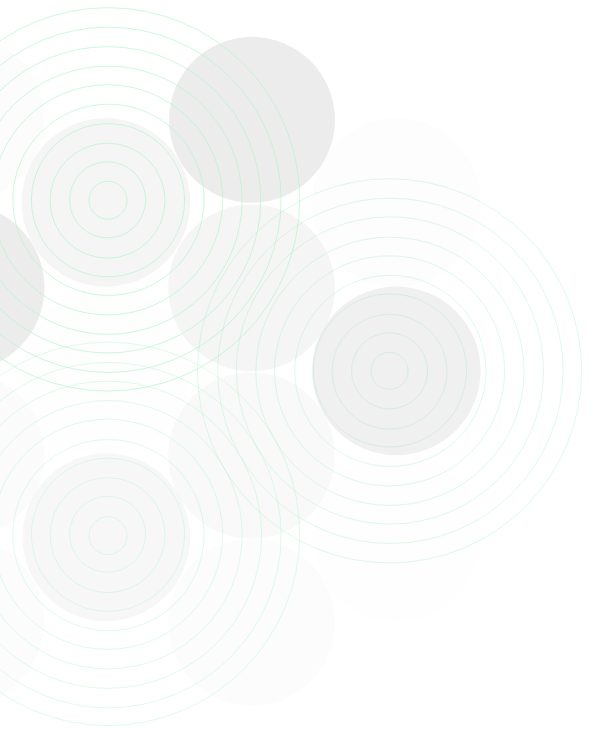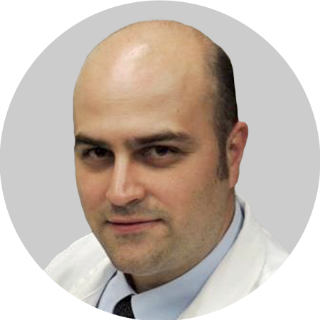References: 1. Pellino A, Brignola S, Riello E, et al. Association of CLDN18 protein expression with clinicopathological features and prognosis in advanced gastric and gastroesophageal junction adenocarcinomas. J Pers Med (Epub) 10-26-2021. 2. Tsukita S, Tanaka H, Tamura A. The claudins: from tight junctions to biological systems. Trends Biochem Sci 2019;44(2):141-52. 3. Hu YJ, Wang YD, Tan FQ, Yang WX. Regulation of paracellular permeability: factors and mechanisms. Mol Biol Rep 2013;40:6123-42. 4. Sahin U, Koslowski M, Dhaene K, et al. Claudin-18 splice variant 2 is a pan-cancer target suitable for therapeutic antibody development. Clin Cancer Res 2008;14(23):7624-34. 5. Niimi T, Nagashima K, Ward JM, et al. Claudin-18, a novel downstream target gene for the T/EBP/NKX2.1 homeodomain transcription factor, encodes lung- and stomach-specific isoforms through alternative splicing. Mol Cell Biol 2001;21(21):7380-90. 6. Sahin U, Schuler M, Richly H, et al. Eur J Cancer 2018;100:17-26. 7. Lamouille S, Xu J, Derynck R. Molecular mechanisms of epithelialmesenchymal transition. Nat Rev Mol Cell Biol 2014;15(3):178–96. 8. Coati I, Lotz G, Fanelli GN, et al. Claudin-18 expression in oesophagogastric adenocarcinomas: a tissue microarray study of 523 molecularly profiled cases. Br J Cancer 2019;121(3):257-63. 9. Rohde C, Yamaguchi R, Mukhina S, Sahin U, Itoh K, Türeci. Comparison of claudin 18.2 expression in primary tumors and lymph node metastases in Japanese patients with gastric adenocarcinoma. Jpn J Clin Oncol 2019;49(9):870-6. 10. Shitara K, Lordick F, Bang YJ, et al. Lancet 2023 Apr 14:S0140-6736(23)00620-7. 11. Xu RH, Shitara K, Ajani JA, et al. #405736. Presented at: March American Society of Clinical Oncology Plenary Series; March 22, 2023. 12. Kubota Y, Kawazoe A, Mishima S, et al. Comprehensive clinical and molecular characterization of claudin 18.2 expression in advanced gastric or gastroesophageal junction cancer. ESMO Open. 2023;8(1):100762. 13. National Cancer Institute. Surveillance, Epidemiology, and End Results Program. Cancer stat facts: stomach cancer. https://seer.cancer.gov/statfacts/html/stomach.html. Accessed 04-24-2023. 14. National Cancer Institute. Surveillance, Epidemiology, and End Results Program. Cancer stat facts: esophageal cancer. https://seer.cancer.gov/statfacts/
html/esoph.html. Accessed 05-11-2023. 15. American Cancer Society. Cancer Facts & Figures 2023. https://www.cancer.org/content/dam/cancer-org/research/cancer-facts-and-statistics/annual-cancer-facts-and-figures/2023/2023-cancer-facts-and-figures.pdf. Accessed 01-19-2023. 16. Referenced with permission from the NCCN Clinical Practice Guidelines in Oncology (NCCN Guidelines®) for Gastric Cancer V.1.2023. National Comprehensive Cancer Network, Inc. 2023. All rights reserved. Accessed 03-13-2023. To view the most recent and complete version of the guideline, go online to NCCN.org. NCCN makes no warranties of any kind whatsoever regarding their content, use or application and disclaims any responsibility for their application or use in any way. 17. Referenced with permission from the NCCN Clinical Practice Guidelines in Oncology (NCCN Guidelines®) for Esophageal and Esophagogastric Junction Cancers V.2.2023. National Comprehensive Cancer Network, Inc. 2023. All rights reserved. Accessed
03-13-2023. To view the most recent and complete version of the guideline, go online to NCCN.org. 18. Gregg JP, Li T, Yoneda KY. Molecular testing strategies in non-small cell lung cancer: optimizing the diagnostic journey. Trans Lung Cancer Res 2019;8(3):286-301.











